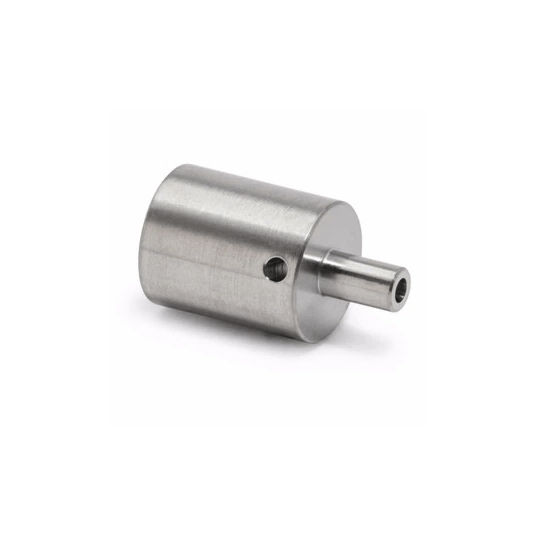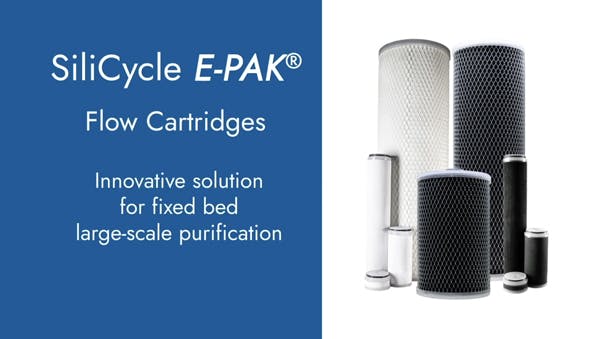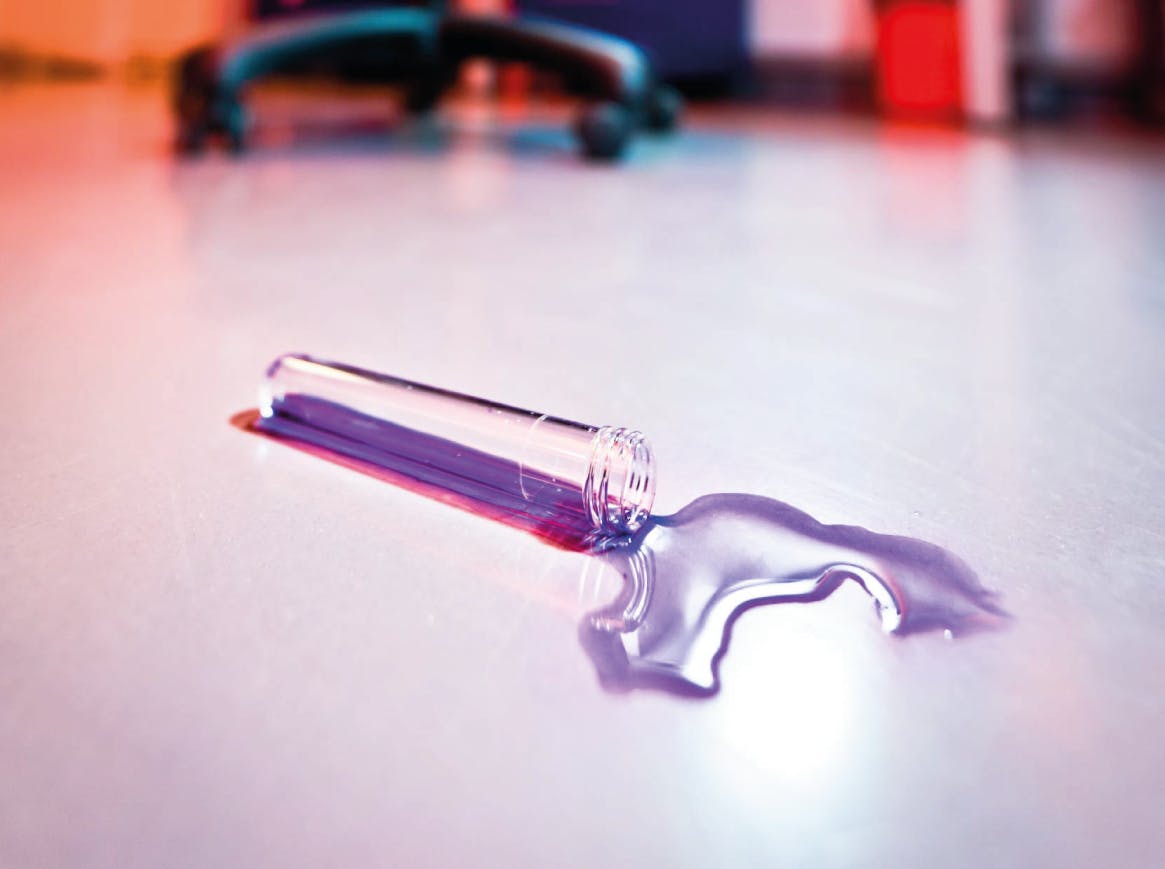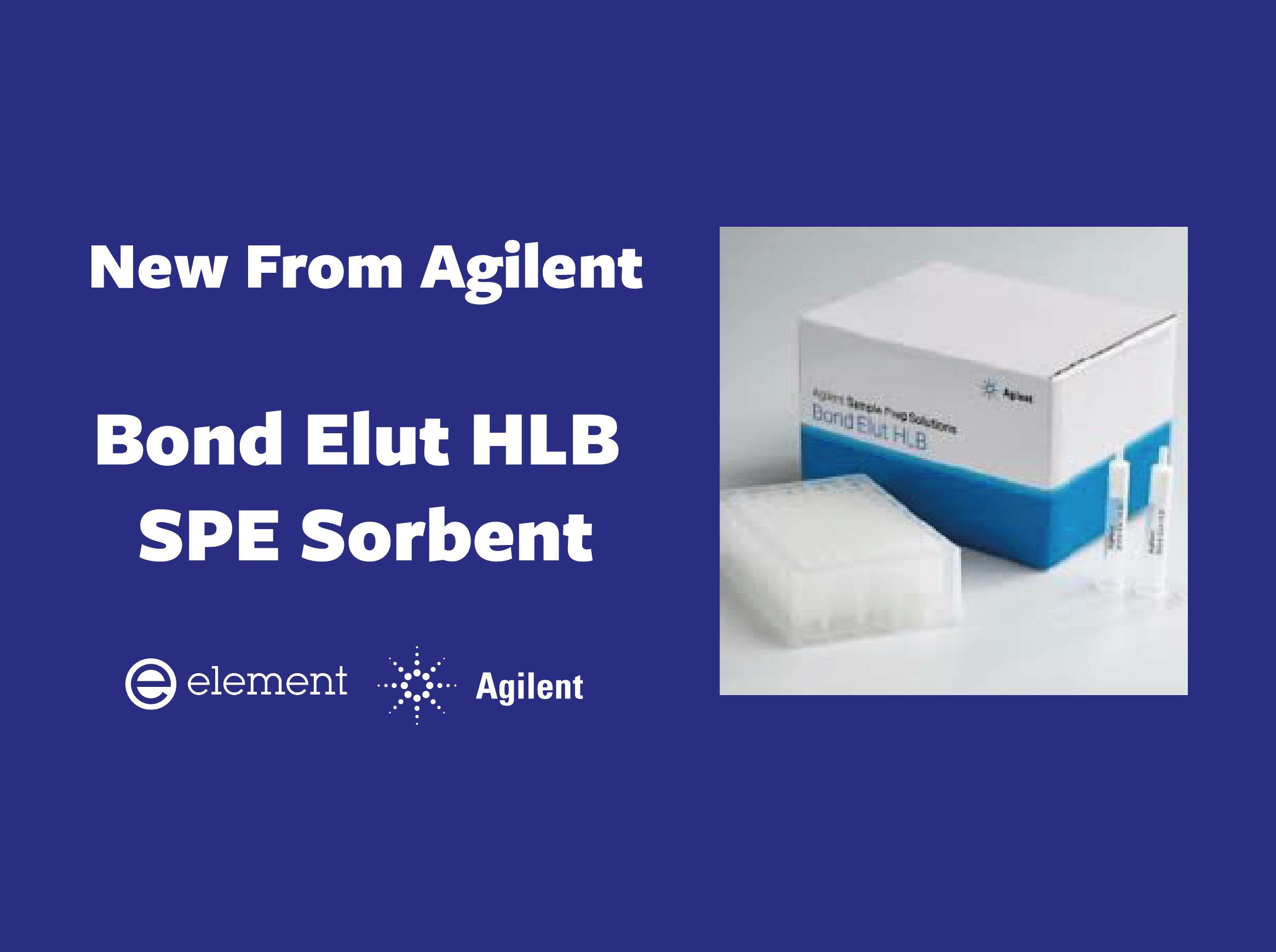
15 Aug 2022
In Memory of James Lovelock - Inventor of the Electron Capture Detector
Professor James Ephraim Lovelock, the inventor of the electron capture detector and developer of the Gaia theory, died on the 26th of July 2022 - his 103rd Birthday.
Professor Lovelock was at times a controversial figure. His Gaia theory proposes that Earth as a superorganism in which the physical environment and the lifeforms inhabiting the planet interact, maintaining a more-or-less steady state, was derided by some as a new age religion, rather than good empirical science. Despite his devotion to the study of pollution and climate change, Lovelock was a famous critic of the ‘Green’ movement and regarded the focus on laboratory health and safety as a handbrake to scientific innovation. Despite these and many other controversial views, there can be no doubt that his invention of the electron capture detector and his work on the chemistry of the Earth’s atmosphere, enabled the development of global models of pollution and global warming. Indeed, without this detector, Crutzen, Molina and Roland would not have gained the 1995 Nobel Prize in Chemistry for their work warning that chlorofluorocarbons (CFCs) were a danger to the Ozone layer. Many hold a belief that Lovelock himself should have been included amongst the 1995 prize winners.
Born in 1919, Professor Lovelock graduated in chemistry from Manchester University (UK) in 1941 whilst working as a laboratory technician in the industry, as his parents could not afford to offer him a university education. After graduating he joined the British Medical Research Council and was subsequently transferred to the council's National Institute for Medical Research at Mill Hill, London (UK), where he worked for almost twenty years, simultaneously obtaining a PhD in medicine from the London School of Hygiene in 1948 and a DSc in biophysics from the University of London in 1959. From 1958 to 1964 he held positions with Yale University Medical School, Baylor College of Medicine, and the University of Houston, Houston as a professor. From 1964 he worked as a freelance scientist, working notably with NASA on the Mars Viking program, predominantly because he was fiercely independent and wished to direct his own research activities, stating in his autobiography Homage to Gaia (2000), "Any artist or novelist would understand, some of us do not produce their best when directed". In the 1970s, he developed his Gaia theory, initially alone and then with American biologist Lynn Margulis, publishing Gaia – a new look at life on Earth in 1979. His theories that life itself could fundamentally influence its own environment, were underpinned by the notion that Earth's environment has maintained a stable state over millions of years despite the chemistry of the atmosphere being inherently unstable and that the temperature of the atmosphere has remained stable over two to three billion years, despite the sun having grown 25% hotter over this period.
Lovelock’s early years working with the National Institute for Medical Research enabled his independent attitude to research and development, as workers were expected to develop and produce their own equipment due to limited capital purchase budgets. Backed by excellent mechanical and electronics workshops, instrumentation that was often 5 years in advance of anything currently marketed by the scientific instrument manufacturers, could be developed and deployed to underpin the research at NIRM.
In reality, the electron capture detector (ECD) was developed in four stages, demonstrating the ‘evolutionary’ process associated with many of the most significant scientific inventions. Denis Desty, the British chromatographer once said, "there are no Eureka moments – but many ‘that’s strange’ experiences".

The 4 Stages of Inventing the Electron Capture Detector (ECD)
The first stage in the ECD development came at the British Medical Research Council (BMRC) in the late 1940s when Lovelock was required to measure very small air flows within closed rooms to support research into the link between airflow (draughts) and the common cold. Traditional anemometers were unable to detect or measure very low air flows and Lovelock developed a new anemometer design based on the disturbance of a slow flow of positive ions from a radium source. The radium, which was harvested from the dials of world war two aircraft, was suspended in lacquer to serve as the ion source which was surrounded by three wire circles in an open sphere which served as the collector. The anemometer was highly sensitive to very small air flows and also gave a large response (disturbance) when exposed to vanishingly small amounts of cigarette smoke or halocarbons within the air. However, as the device was too sensitive to be used as an anemometer and there was no interest in the detection of halocarbons at the time, the device was not subject to further development.
The second phase of development was during the early part of his time with the NMIR, in support of the determination of lipid composition in the composition of living cells. His laboratory was close to that of A.J.P Martin and A.T. James who was working on early versions of their gas chromatography systems to separate volatile fatty acids. A collaboration was soon established and Lovelock was asked to develop a more sensitive universal detector than the complex gas density balance device that was currently being used by Martin and James. Whilst working on the problem, Lovelock became aware of an ionising detector using b-particles from a 90Sr source which was being developed by two research groups within the Shell labs in Amsterdam and California. Lovelock built a prototype but was hampered as he was forced to use nitrogen as the carrier gas as helium was too expensive (for NMIR) and hydrogen was prohibited due to safety concerns, and the sensitivity of the device was poor towards the volatile fatty acid analytes. Lovelock remembered the effect of changing the applied potential from his earlier anemometer work and explored various applied potential ranges in the new detector, obtaining dozens of large peaks from the effluent of the neophyte gas chromatograph at a lower potential; however, none of the retention times matched with those of the target analytes. Lovelock was testing samples in a range of solvents, one of which was carbon tetrachloride. The ion current quickly fell to zero on introducing the sample and remained there for weeks; Lovelock was losing confidence in the detector which seemed so fickle and lacked the required robustness. The detector was shelved and no publications were made regarding its development at this time.
In fact, the large peaks obtained within the fatty acid samples were due to halogenated impurities and the ‘death’ of his detector was due to the huge response to the carbon tetrachloride solvent he had injected which was absorbed onto the silicon rubber seals at either end of the detector and which bled slowly into the detector, totally saturating it for a period of weeks!
The third stage of development is somewhat incidental but is worthy of note. Whilst continuing his investigations into a universal ionising detector, Lovelock was forced to use Argon as a carrier due to a temporary shortage of nitrogen within the NMIR stores. Applying a relatively high potential to the detector he obtained a good response for the solute peaks but could not reproduce this result once a supply of nitrogen was once again available.
Further study revealed the reason for the higher sensitivity of the detector when using argon was due to the Penning effect. When rare gas atoms are exposed to ionising radiation, the resulting metastable ions have a reasonably long life. These metastable ions are capable of transferring their energy to other, lower concentration, species in the gas phase, providing that the ionisation potential of the colliding molecules is lower than that of the metastable rate gas species. These newly formed ions cause an increased cell current in comparison to the steady state rare gas ion/metastable ion combination and therefore large signals are produced in the ionising detector.
Lovelock presented his ‘argon-ionisation’ detector at the Gas Chromatography Discussion Group (a forerunner of the Chromatographic Society of Great Britain) meeting in Oxford in 1957. The detector was commercialised very soon after by W.G. Pye and Co. as the Argon Chromatograph.
The fourth stage of the detector development began whilst presenting his work in the spring of 1958 at the Analysis of Mixtures of Volatile Substances symposium in New York, Lovelock met S.R. Lipsky, who had also been developing ionising detectors and invited him to stay for several months at Yale as a visiting professor. It was here that Lovelock met M.J.E Golay who had recently presented his work on gas-phase separations in open tubular columns. Lipsky saw the advantage of these higher efficiency columns for his work separating saturated and unsaturated fatty acids but the lower sample volumes used with the new columns required a very high sensitivity detector. Lipsky and Lovelock began to investigate the possible use of the argon-ionisation detector, but the very low flow rates used with capillary columns were not compatible with the large internal volume of the detector. An ultra-low volume version of the detector was immediately constructed and together with the high-efficiency capillary columns, the pair were able to successfully separate and detect the saturated and unsaturated forms of the methyl esters of long chain fatty acids, publishing the first recorded separation of methyl oleate from its trans isomer methyl elaidate
It was whilst still at Yale that Lovelock and Lipsky investigated the use of ionising detectors for the qualitative identification of various compounds or compound groups by gradually increasing the applied potential to the detector, which decreased the electron capturing potential of various analyte species resulting in a decreasingly negative response followed by a sharp positive response. The potential at which these signal ‘inversions’ occurred, could be used for the characterisation of the major classes of compounds. Various improvements to the electrical system of the device were also made during this time and in late 1961, while at the University of Texas, Lovelock partnered with Al Zlatkis to form Ionics Research to produce electron capture detectors for instrument companies such as the Perkin Elmer Corporation. However, the specific field of application of the detector was still not clear and the earliest publication relating to pesticides was in the Wilkens Instrument and Research Company (a forerunner of the chromatography division of Varian) 1962 quarterly newsletter (Aerograph Research Notes), in which they described the detection of 10-12 g of a pesticide using the detector. It’s worth bearing in mind that a picogram per gram of material is one part per trillion, or to draw a common analogy, the concentration is equivalent to one second in nearly 32,000 years. All this was in 1962 from a detector whose basis was to detect air flows in support of research into the links between drafts and the common cold!
Lovelocks cites two other important early papers on the use of the ECD detector for pesticide residue determination; the first was a presentation by British scientists from Shell at the 18th International Congress on Pure and Applied Chemistry, in August 1961, in Montreal, Canada, and the other by associates of the U.S. Food & Drug Administration (FDA) presented at the 75th Annual Meeting of the Association of Official Agricultural Chemists, held in October 1961 in Washington, D.C.
Lovelock's Legacy Beyond the ECD
Lovelock himself went on to study environmental pollution and his observations on the westernmost coast of Ireland and his work with the British Natural Environment Research Council, travelling from the UK to Antarctica over a six-month period, which showed the accumulation of Freon 11 and other halocarbon refrigerants. It was this work which led to Crutzen, Roland and Molina developing their theory on the decomposition of these halocarbons in the stratosphere to release chlorine which catalyses the depletion of ozone, ultimately leading to the banning of the use of halocarbon refrigerants.
The electron capture detector remains a workhorse detector in laboratories that are determining pesticides, polychlorinated biphenyls and halocarbons. Whilst more sensitive mass-spectrometric detectors are now available, sales of ECD detectors remain strong as it is both less expensive and less complex than these other detector types.
Whilst Lovelock was highly independent and held some controversial viewpoints, he will be forever remembered by the analytical community as an innovator, whose determination and insight serve as a lesson to us all.
A fascinating video series in which Lovelock discusses, amongst other things, the development of the ECD, his scientific education and his work with NASA, see the following link;
Web of Stories – Life Stories of Remarkable People (James Lovelock)






